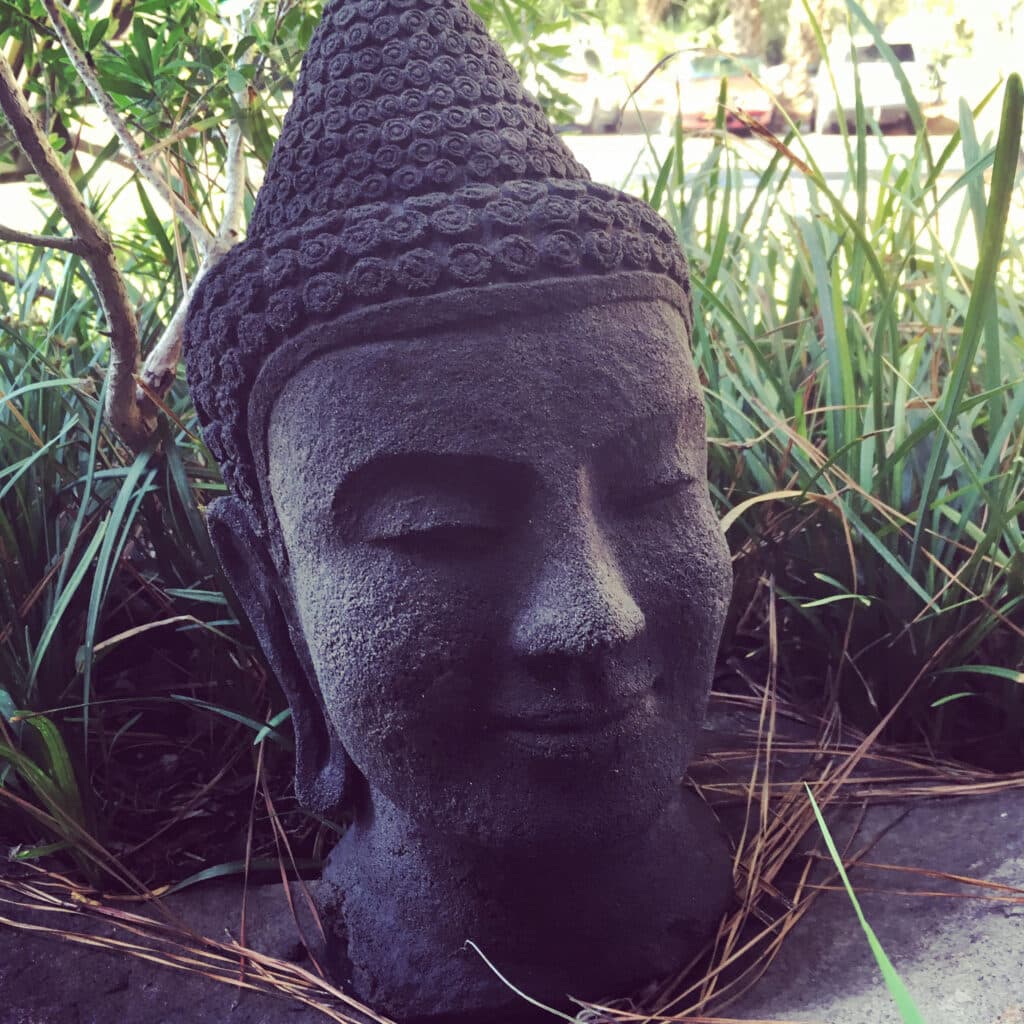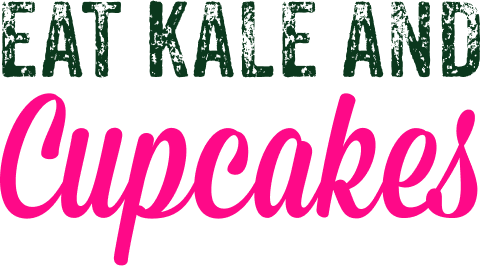Shannon Herbert RYT 200
Ten Styles of Yoga to Try
Whether you’re just beginning a yoga practice or have been practicing for years, it can be confusing to differentiate between the different styles of yoga being offered at various studios. To make things a bit simpler, here’s a quick look at some of the most popular styles of yoga you’re likely to encounter:
1. Hatha:
The word hatha means willful or forceful. It is also translated as “ha” meaning sun and “tha” meaning moon. Thus, hatha refers to the balance of both the masculine aspects, sun, and the feminine aspects, moon, within our bodies. Hatha yoga creates balance and flexibility within the body. Hatha yoga is a style that is designed to open the channels of the body to allow energy to flow more freely. Hatha yoga allows us to bring our attention to the breath, in an attempt to still the fluctuations of the mind. While Hatha is typically performed at a slower pace than Vinyasa, it is not to be confused with a gentle or restorative practice (see below). A Hatha yoga class will help to calm the mind but will invigorate the body and the spirit through the incorporation of many of the basic yoga postures. After a Hatha class, you can expect to more relaxed and for your muscles to feel looser.
2. Vinyasa:
When people are comparing yoga styles, the two most commonly compared are Hatha and Vinyasa. While Hatha is known for its balancing, Vinyasa is known for its flow. Vinyasa classes contain fluid movements, with each movement corresponding to the breath. The asanas (postures) transition from one to another effortlessly, similar to a dance. Depending on the class level, the vinyasa can be slow paced or can be upbeat and fast paced. A vinyasa styled yoga class will increase the heart rate and help you work up a sweat. If you are looking for a more workout style yoga practice, Vinyasa is a great option. Each Vinyasa class varies as teachers are constantly changing their flows. If routine is something you dislike and enjoy a yoga class that is new and different each time you take it, a Vinyasa style class might be perfect.
3. Ashtanga:
Ashtanga was popularized and brought to the West in the 1970s by Sri K. Pattabhi Jois. It is a style of yoga that follows a specific sequence of postures. It is like vinyasa yoga, in the sense that each movement is linked to the breath. The thing that makes Ashtanga unique is that this style of yoga follows the exact same asanas in the exact same order each time. There are six series that are practiced sequentially as progress is made. This is a challenging, vigorous style of yoga. If you enjoy routine and a workout style yoga class, an Ashtanga class might suit you best!
4. Iyengar:
Iyengar yoga is named after its founder B.K.S. Iyengar. This style of yoga is heavily focused on alignment. Proper alignment is achieved through the use of props such as blocks and straps. This style is appropriate for all ages and abilities. Don’t let the use of props fool you though, this is still a challenging style of yoga, requiring intense concentration to stay perfectly aligned in the posture. If you are looking for a physically challenging practice and want to achieve proper alignment in your postures, check out an Iyengar class!
5. Hot Yoga:
In the simplest terms, hot yoga is yoga that is practiced in a heated room. The type of hot yoga practiced may vary. A lot of the time when people talk about hot yoga they are describing Bikram yoga. Bikram Yoga is a style that consists of 26 postures, each performed twice, in a room that is heated to about 105 degrees and 40% humidity. Each class lasts 90 minutes. It is a vigorous practice due to the heat, but the postures are all either beginner postures or easily modifiable. If it is not a Bikram class, some studios offer hot flow classes, which are vinyasa styled classes in heated rooms (around 90-104 degrees, varies based on the studio). Again, practicing in the heat is difficult but should not discourage any new yogis from attempting it. If you enjoy sweating…a lot, try a heated class, but make sure to bring water with you and to stay hydrated!
6. LifePower:
LifePower yoga is a style developed by Jonny Kest that has ties to both Asthanga and Vinyasa Yoga styles. LifePower yoga combines physical, intellectual, and emotional components, highlighting that the achievements and skills learned in class extend beyond the yoga mat and into the real world. This style of yoga is rich in its physical practice but also rich in philosophy. It is an extremely well rounded style, combining both physical and spiritual components.
7. Baron Baptiste Yoga:
Baptiste Yoga was originally developed by Walt Baptist and later evolved through his son Baron. Today, Baptiste Yoga is a vigorous practice performed in a heated room designed to invigorate the entire body. The aim of this yoga style is to create peace of mind, freedom, and the ability to live in the moment. The classes are similar to other power vinyasa or hot vinyasa classes, but what sets Baptiste yoga apart is its emphasis on personal growth. One of the main goals of Baptiste yoga is to enjoy personal growth both on and off the mat.
8. Jivamukti:
Jivamukti yoga was founded by David Life and Sharon Gannon in 1984. The five tenets or principles of Jivamukti yoga are scripture, devotion, kindness, music, and meditation. Each of these are explored in a themed vinyasa style class. These classes are tough physically and include a lot of traditional spiritual elements, which have been removed in a lot of other Western Practices. If you are looking for a practice that has a heavy emphasis on spirituality and one that includes chanting and references to ancient scripture, then a Jivamukti class may be worth checking out!
9.Yin:
Yin yoga is a much more meditative practice. It focuses on postures held for longer periods of time to lengthen connective tissues. Yin yoga is designed to complement Yang yoga classes, the more vigorous classes such as Asthanga, Vinyasa, Iygengar, etc. Yin postures are passive. They are designed to allow you to relax and let gravity do the work. Your patience and focus will definitely improve after holding these postures for longer periods of time than you may be used to. If you are looking for a practice that is more meditative in nature or a class that will completely stretch you out, try out a Yin class!
10. Restorative:
Restorative yoga is sometimes offered as gentle yoga. It is a wonderful class for relaxing and overcoming injuries. A lot of props are used in this style to allow the body to experience the posture while exerting minimal effort. A restorative class might include more static stretching, holding stretches and postures for longer periods of time. The class is taught at a slower pace and is overall extremely rejuvenating. If you are nervous about a faster paced class, are overcoming an injury, or are looking for a gentler yoga experience, a restorative class may be just what you need.
So which one is right for you? Well that answer to that question depends on what you’re hoping to achieve from your practice. I, personally, enjoy incorporating a variety of yoga styles into my practice depending on what my body needs or craves on a particular day. My advice to those curious or beginner yogis is try out a variety of classes in a variety of styles to find a class that suits your needs! Yoga can be an extremely personal and intimate experience and it may take some trial and error before finding a class that fulfills what you are looking for. No matter what class or style you end up choosing, know that it is always YOUR yoga practice and YOUR yoga journey. Be sure to always tune in to your body and respect any limitations you may have.
Namaste.








